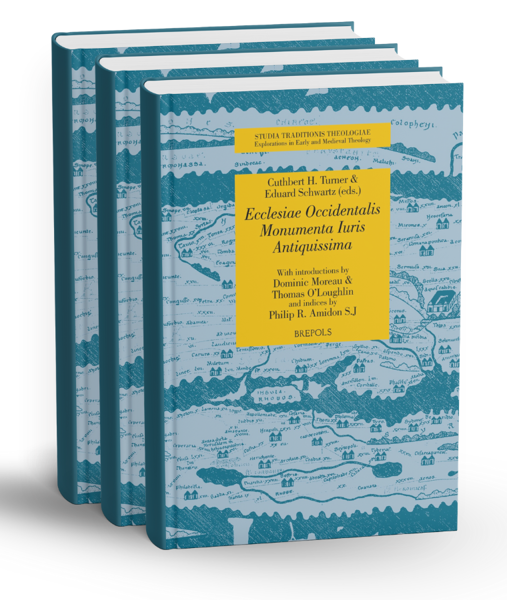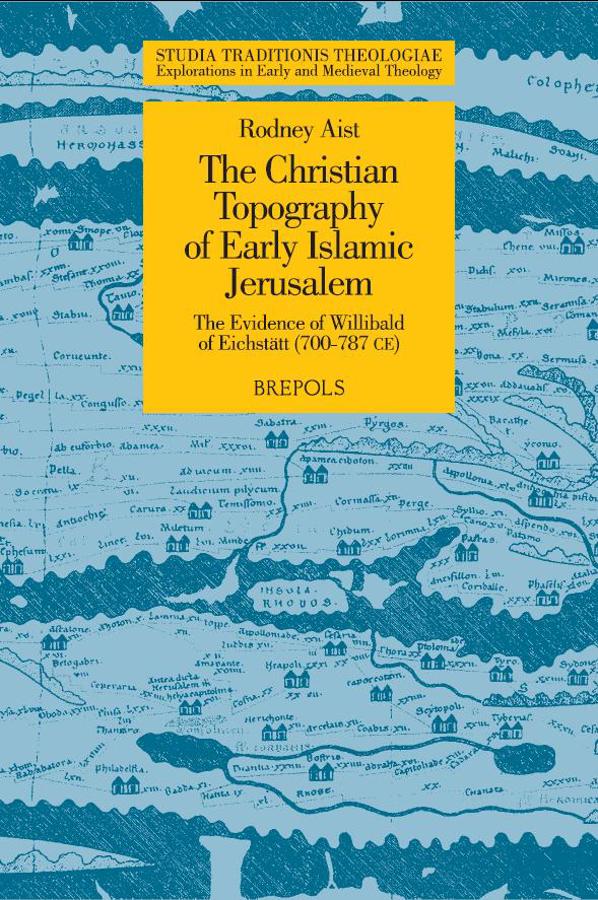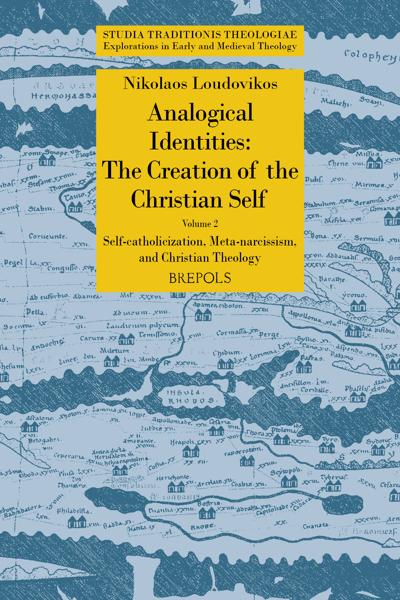
The Christian Topography of Early Islamic Jerusalem: The Evidence of Willibald of Eichstätt (700-787 CE)
Rodney Aist
- Pages: 344 p.
- Size:156 x 234 mm
- Language(s):English
- Publication Year:2009
- € 70,00 EXCL. VAT RETAIL PRICE
- ISBN: 978-2-503-53013-0
- Paperback
- Available
- € 70,00 EXCL. VAT RETAIL PRICE
- ISBN: 978-2-503-55949-0
- E-book
- Available
"As it is the first monograph on this topic, it is extremely welcome." (David Woods, in: Journal of Ecclesiastical History, Volume 64, Issue 01, January 2013, p. 142)
"(...) the eighth-century Anglo-Saxon missionary community continues to provide fertile ground for new and interesting studies." (John-Henry Clay, in: Early Medieval Europe, 2014, Vol. 22, Issue 1, p. 88-89)
The Christian Topography of Early Islamic Jerusalem: The Evidence of Willibald of Eichstätt (700-787 CE) is an analysis of Willibald’s description of Jerusalem for the year 724-6, as contained in Hugeburc’s Vita Willibaldi, a text composed in Heidenheim (Germany) in 778. The work makes a fresh examination of the Christian landscape of Early Islamic Jerusalem, while describing various aspects of the Byzantine and Crusader city. Willibald’s account of the Holy City includes the Church of the Holy Sepulchre, the Church of Holy Sion, the pool of Bethesda, the Church of St Mary, the Church of the Agony and the Church of the Ascension. Particular attention is given to the monument of the Miraculous Healing (the legend of the Holy Cross), the portico of Solomon, the Jephonias Monument (the Dormition of Mary) and the Jerusalem circuit.
At the same time, the work explores the religious imagination of Willibald, including his perceptions of the holy sites, his image of Jerusalem and his understanding of the Christian life. Willibald’s image of the city as a far and distant place is supported by his attention to personal hardships and to his interactions with the ‘pagan Saracens’, while embedded within the tales of his oriental travels is his vision of the Christian life – whereas Willibald viewed the earthly life as a laborious journey, the Christian life was one of faithful perseverance.
The work makes a significant contribution to two fields of study: the commemorative topography of Jerusalem and the Anglo-Saxon, or Boniface, mission in Germany.




